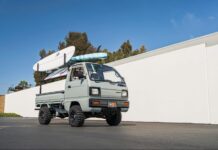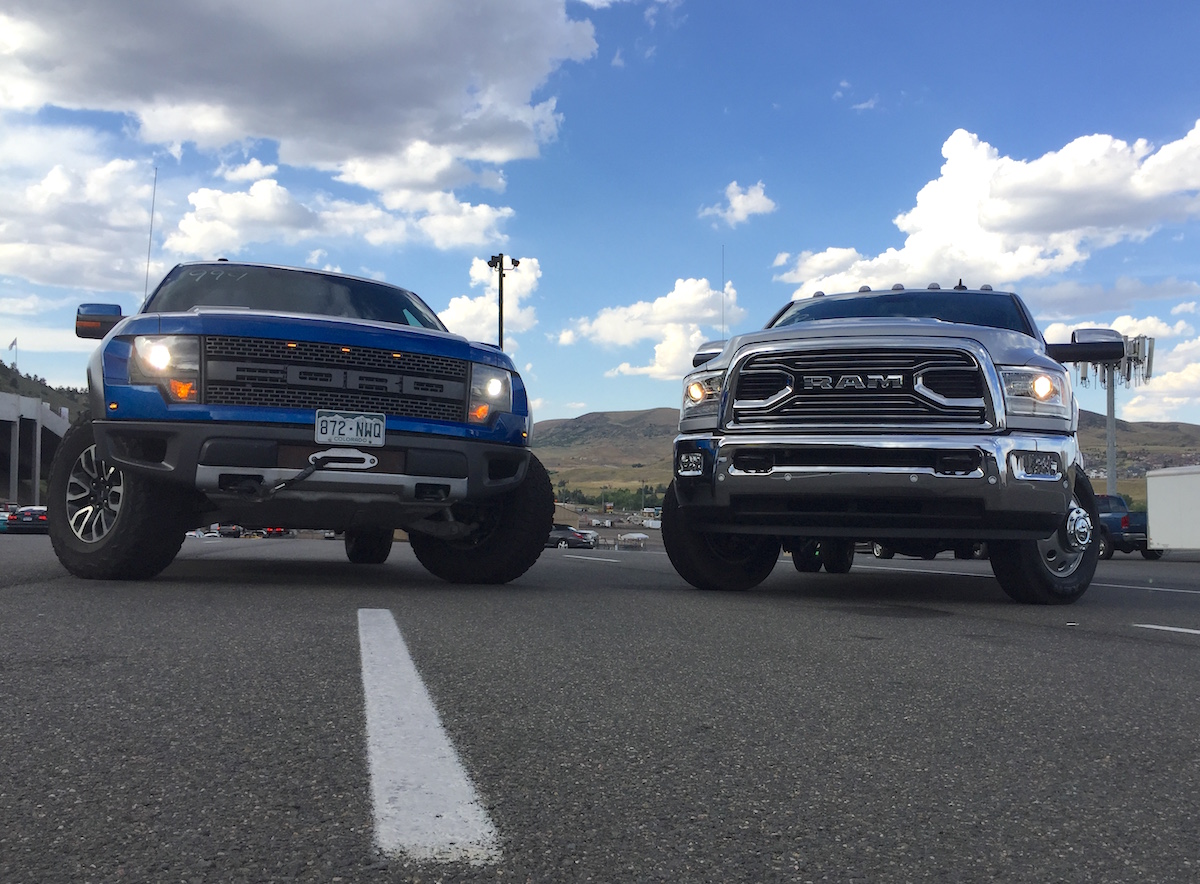
Some folks are advocating hard for Japanese Kei trucks to be legal across the U.S. But what’s the big deal anyway?
Americans love their trucks. More specifically, we tend to lean toward certain kind of trucks: Mainly, we want trucks that are as big and bold as possible. There is some practical purpose to that — getting even a modern midsize truck allows you to set up to five people in relative comfort, haul as much gear as you’d largely need to cart around short on a personal basis, and tow a decent sized trailer to boot. Obviously the practicality element goes up from there as you move up the ladder into half-ton and heavy-duty trucks, but the point is nearly all trucks are designed as Swiss Army knives for the American market. They can do pretty much everything, as long as you can deal with the relatively massive footprint.
Not every country has a ton of wide-open roads catered for massive pickup trucks and beyond, though. That’s where Japan comes in — offering up a practical truck in a much smaller package. The kei truck you see below, the Toyota Pixis, is just one example. In the video, Roman and Tommy take a closer look at these tiny trucks that are (largely) forbidden fruit thanks to U.S. regulations.
For the uninitiated, kei vehicles — including cars, trucks and vans — are a certain style of vehicles based around Japanese keijidōsha (“light vehicle”) regulations. The behicles have to be no more than 3.4 meters (11.2 feet) long, 1.48 meters (4.9 feet) wide, and have no more than a 660cc (or 0.66-liter) engine. Within that relatively tiny stature are some distinct advantages over North American trucks. They don’t take up nearly as much space in terms of actual footprint, they can still haul a decent amount of cargo relative to their size, and they are far more fuel efficient thanks to their engine size and curb weight, which typically comes in at no more than 700 kg (or 1,543 pounds) unladen.
And unlike a lot of larger trucks in North America these days, kei trucks cost between $5,000 and $10,000…not $50,000 or more.
As they do have to meet certain safety standards in their home market, trucks based around model lineups like the Toyota Pixis still have standard equipment other governements, including the U.S., require for safety reasons. So, it still has headlights, turn signals, and in some cases (at least with more modern examples) airbags.
However, there are certain elements these vehicles lack, and that’s where federal safety regulators and several states take issue with individuals or companies importing them to the U.S. such vehicles don’t commonly feature seatbelts, although they can travel at speeds up to 75 mph. They also don’t have the conventional crumple zones that aim to protect occupants in an accident (but also take up additional space). Despite that, some folks who think modern trucks are simply ridiculous in this country feel the kei truck is an elegant solution for the maximum amount of practicality in the smallest possible footprint.
The discussion doesn’t just stop with safety, either. Once players in the industry go through the gauntlet to certify their vehicles for use on North American roads, there’s resistance toward kei trucks coming in and threatening those sales. Even for those that don’t have to go through the same ordeal, like Off-Highway Vehicles (or side-by-sides, in everyday conversation), see an existential problem with kei trucks making their way onto American roads. Nevertheless, some states like Oklahoma and Louisiana do allow their use on non-Interstate roads, and you see their use among government-owned facilities (like public schools), even if the corresponding state bans private titling and registration of kei trucks.
Roman and Tommy go through all the highlights of the kei truck conversation in the video below. Let us know what you think and whether you’re interested (or totally against) having a kei truck here in the U.S.:














![Which is More Reliable: 3.5L EcoBoost or 5.0L V8? [Reader Question] Second-generation 3.5-liter EcoBoost engine](https://tfltruck.com/wp-content/uploads/2016/05/Second-generation-35-liter-EcoBoost-engine.jpg)
![Which Silverado Engine to Get: 5.3L or 6.2L V8? [Ask TFLTruck] 2016 chevy silverado](https://tfltruck.com/wp-content/uploads/2015/10/2016-chevy-silverado-grille.jpg)
